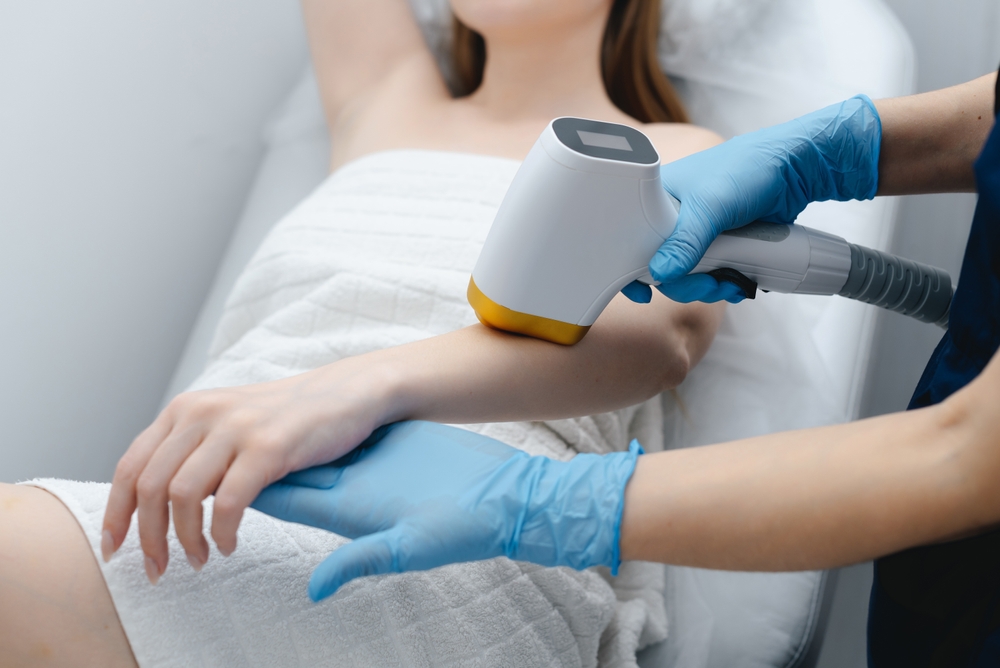Under-Eye Bags: Causes, Fixes & Best Options
Under-eye bags can make you look tired or older, but they have many causes and a range of solutions from simple home remedies to medical procedures. Learn what triggers under-eye puffiness, which at-home steps may help, and when to consider professional treatments and costs. Discover practical prevention tips and how to choose the right approach for your needs.

Under-eye puffiness, commonly called eye bags, affects people of all ages and can be frustrating to manage. While temporary swelling is often due to tiredness or fluid retention, persistent bags may stem from genetics, aging, or medical factors. This guide breaks down the causes, home strategies, medical options, prevention tips, and typical costs so you can make an informed decision about the best path forward.
What Causes Eye Bags?
Several factors contribute to under-eye bags. Understanding the root cause helps determine the most effective treatment.
- Aging and loss of skin elasticity: Over time, skin and the muscles supporting the eyelids weaken, allowing fat that normally supports the eye to move into the lower eyelids and create a puffy appearance.
- Genetics: Family history plays a major role; some people naturally have more prominent fat pads or thinner skin around the eyes.
- Fluid retention: High salt intake, hormonal shifts, or lying flat while sleeping can cause fluid to pool beneath the eyes.
- Sleep and lifestyle: Poor sleep, stress, alcohol, and smoking can worsen under-eye puffiness and darkening.
- Allergies and inflammation: Allergic reactions and chronic congestion may trigger swelling and rubbing of the eyes, making bags more noticeable.
- Medical conditions: In rarer cases, thyroid issues or local infections can contribute to swelling; consult a clinician if you have additional symptoms.
At-Home Care and Natural Remedies
For many people, simple changes can significantly reduce the appearance of eye bags. These low-risk approaches are worth trying before pursuing more invasive options.
- Cold compresses: Applying a chilled compress for a few minutes reduces localized swelling.
- Cucumber slices or cooled tea bags: The anti-inflammatory properties of cucumber and caffeinated tea can soothe the area temporarily.
- Hydration and lower salt intake: Reducing sodium and staying well hydrated helps limit fluid retention.
- Consistent sleep habits: Regular, restorative sleep and elevating the head slightly at night can prevent pooling under the eyes.
- Gentle lymphatic massage: Lightly massaging the under-eye area toward the cheeks may encourage fluid drainage.
- Skincare routines: Using gentle cleansers, eye creams with peptides or retinol (if tolerated), and sunscreen can improve skin quality over time.
These remedies often provide temporary improvement. If bags persist despite lifestyle adjustments, medical options may be considered.
Medical and Cosmetic Treatments
Professional treatments range from minimally invasive procedures to surgery. Each option differs in longevity, downtime, and cost.
- Blepharoplasty (eyelid surgery): A surgical procedure that removes or repositions excess fat and skin for a long-lasting correction; recovery usually involves swelling and bruising for a few weeks.
- Dermal fillers: Hyaluronic acid fillers can smooth hollows beneath the eyes (tear troughs), reducing shadowing that makes bags look worse. Results are temporary and typically require repeat treatments.
- Chemical peels: Superficial peels can improve skin texture and pigmentation around the eyes, helping the area look fresher.
- Laser treatments: Laser resurfacing stimulates collagen to tighten skin and reduce fine lines; multiple sessions may be needed.
- Radiofrequency (RF) therapy: RF devices heat deeper layers of skin to promote tightening and collagen production with minimal downtime.
Discuss risks, benefits, and expected recovery with a board-certified dermatologist or plastic surgeon. They will assess skin type, the extent of fat herniation, and any underlying conditions before recommending an approach.
Typical Costs and Provider Types
| Treatment Type | Provider Type | Estimated Cost Range |
|---|---|---|
| Blepharoplasty | Plastic Surgeon | $3,000 - $7,000 |
| Dermal Fillers | Dermatologist / Med Spa | $600 - $1,500 |
| Chemical Peels | Licensed Esthetician / Dermatologist | $150 - $400 |
| Laser Treatment | Medical Clinic / Dermatologist | $500 - $2,000 |
| Radiofrequency Therapy | Med Spa / Clinic | $300 - $800 |
Prices, rates, or cost estimates mentioned in this article are based on the latest available information but may change over time. Independent research is advised before making financial decisions.
How to Choose the Right Option
Selecting the best strategy depends on several personal factors:
- Cause and severity: Genetic fat pockets or significant skin laxity often require surgical correction, while mild swelling from lifestyle factors may respond to home care or noninvasive treatments.
- Budget and maintenance: Procedures like blepharoplasty tend to be more expensive up front but longer lasting. Fillers and energy-based therapies often require repeat visits.
- Tolerance for downtime: Surgery requires recovery time; many noninvasive treatments have minimal interruption to daily life.
- Aesthetic goals and risk tolerance: Discuss expected outcomes, possible complications, and realistic results with a qualified specialist.
Before committing to treatment, seek consultations with certified providers, review before-and-after photos, and confirm credentials and facility accreditation.
Prevention and Long-Term Care
Consistent preventive habits help minimize recurrence:
- Use broad-spectrum sunscreen around the eye area and avoid harsh rubbing.
- Remove makeup before bed and follow a gentle skincare regimen.
- Control allergies with appropriate medications and avoid known triggers.
- Limit excessive screen time and take frequent breaks to reduce eye strain.
- Maintain regular exercise and healthy sleep patterns to support circulation and overall skin health.
This article is for informational purposes only and should not be considered medical advice. Please consult a qualified healthcare professional for personalized guidance and treatment.






